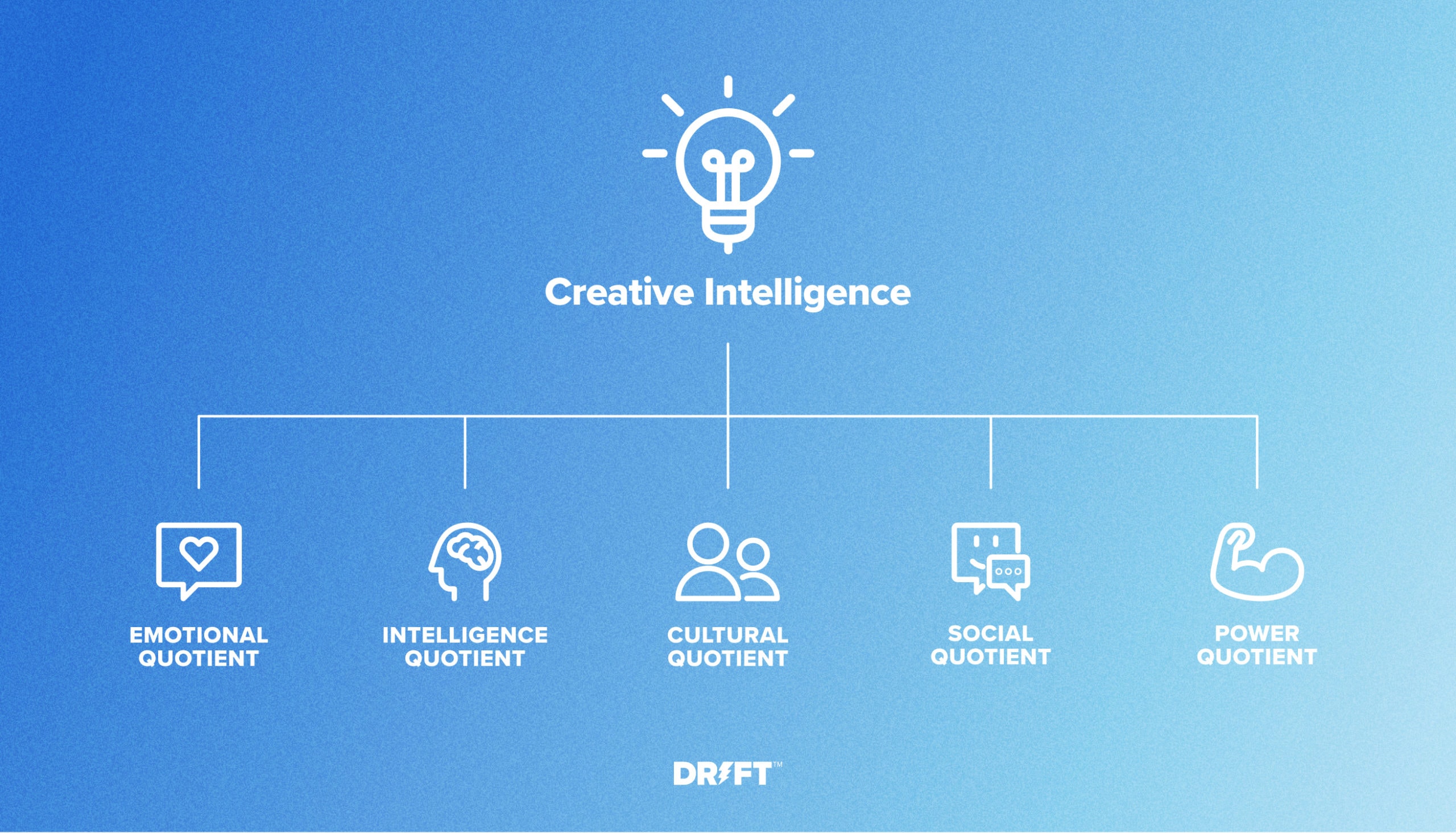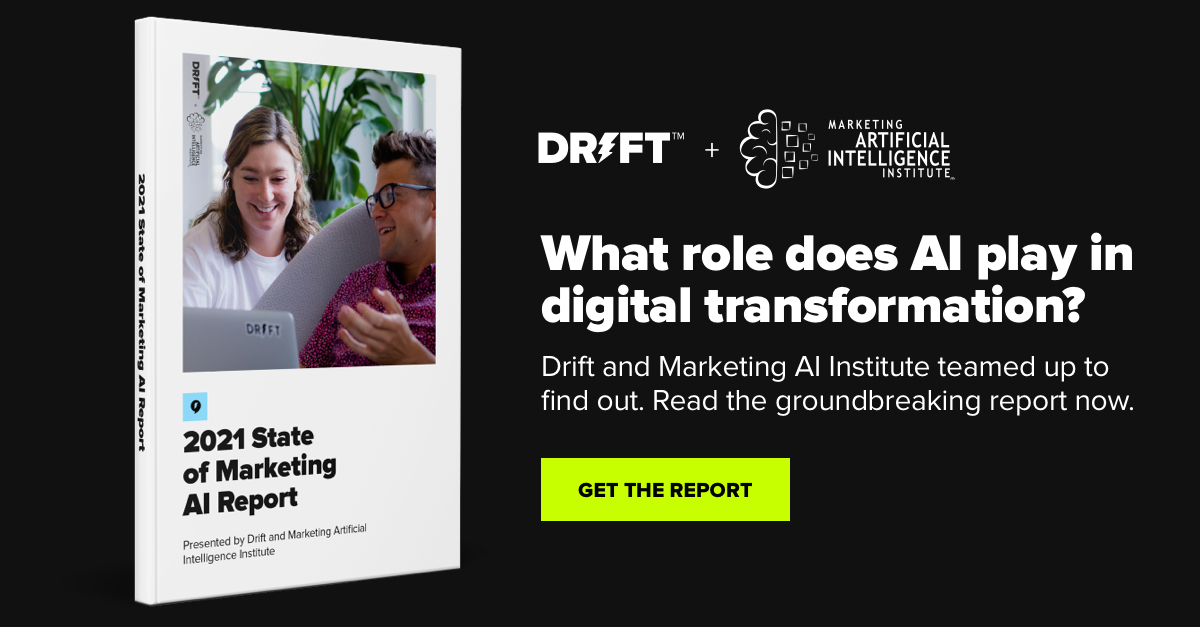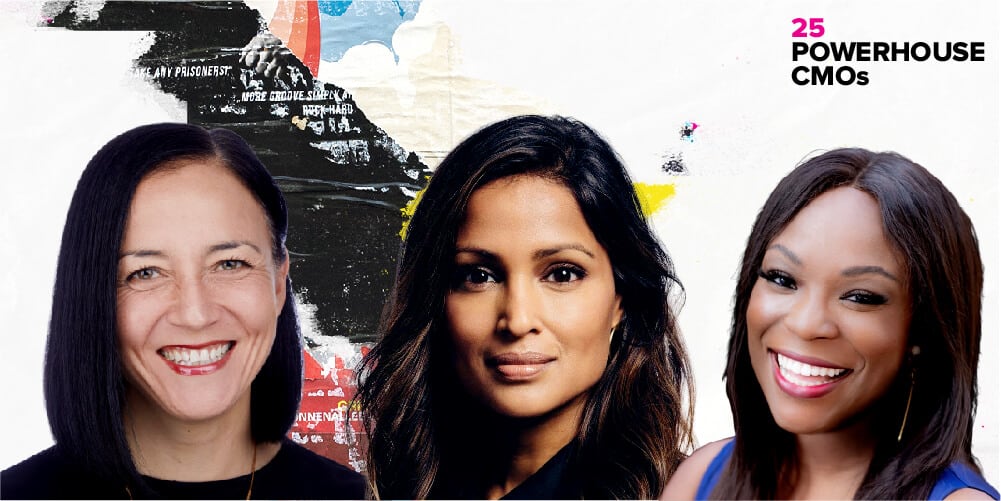In marketing, we tend to think that only “creatives” are creative. After all, they’re the ones editing videos, writing headlines, and designing websites. But it’s long past time to widen our definition of creativity.
Standard definitions and measurements of intelligence (like IQs and SATs) are also becoming obsolete. That’s because human intelligence isn’t just about what you know or how good your reasoning skills are.
Human intelligence and creativity are so much more than their old-school definitions. Every sales professional has been a life coach once or twice. Every marketer has been an entertainer.
Other forms of intelligence – especially creative intelligence – are growing in importance as manual work goes down and the need for empathy and understanding spike up.
A Practical Definition of Creative Intelligence
Creative intelligence is the sum of five unique types of intelligence (emotional, intellectual, cultural, social, and power), and it offers a deeper and more accurate understanding of human intelligence.

1️⃣ Emotional quotient – Having emotional intelligence allows you to cater content and conversations to your audience, and to focus on their needs – not yours. It allows you to move slowly and gently with some leads, and to match the hyped-up, raring-for-results energy of others.
2️⃣ Intelligence quotient – Intellectual intelligence matters. But it’s important to remember that there are different types of intelligence. Some people are very analytical, others are more organized, while others can recall complex information and answer questions quickly.
3️⃣ Cultural quotient – Cultural intelligence refers to our ability to recognize and appropriately respond to cultural diversity. It has these different dimensions: metacognitive (our awareness of the effects of cultural differences), cognitive (our ability to make plans and solve potential problems), motivational (our willingness and curiosity), and behavioral (how we act upon these realizations).
“One of the most frequent mistakes of our thinking and acting is non-recognition of diversity, assuming a tendency to judge behaviors and situations through our own perspective, considering it to be universally shared.”
4️⃣ Social quotient – Think of someone who you would call a “people person,” someone who has excellent social skills. This person has a high social intelligence. They can pick up on social cues and adapt to them instantly. Social intelligence is more than that though – it’s about deeply knowing both yourself and others.
5️⃣ Power quotient – Your power quotient is your amount of power intelligence. What on earth is power intelligence? It’s your ability to ethically use all of your available power – your position and experience – to lead and persuade others. Today, we’re rightfully seeing a call for leaders to use their power intelligence fairly, and for everyone, (even those who aren’t leaders or executives) to examine how their various types of privilege have contributed to their power quotient. When used right, power intelligence can uplift others.
“Power intelligence includes the ability to recognize a variety of powers in oneself and others.”
Together, these different quotients come together to help knowledge workers solve problems, care for customers and each other, and adapt to new challenges.
Why Being Creative Is More Than Coming Up with a Creative Idea
Being creative isn’t just coming up with a creative idea. It’s about how you bring that idea to life.
And being creative also doesn’t have to even be about ideas. It’s about connecting with people, problem-solving, connecting the dots, simplifying processes, helping someone buy something they need, organizing teammates’ work, and so much more.
“We have false notions of creativity. We are taught that creativity is rare, random, and reduced to special brains. We are all born creative and can easily learn to be more creative and innovative.”
When knowledge workers tell themselves and each other they’re not creative, they could block great solutions and ideas.
You might downplay the ways that you help your organization and count yourself out of promotions and projects.
For example, if you’re someone with a high amount of social intelligence, you might be able to help your organization improve sales scripts or customer success initiatives. But if you’ve convinced yourself that you’re not creative enough, you might be less likely to speak up about your ideas. And, your ideas might be far more valuable to the organization than a classically “creative” idea like an updated swag box.
“Individuals with social intelligence can sense how other people feel, know intuitively what to say in social situations, and seem self-assured, even in a larger crowd.”
Why Everyone Needs to Start Using and Growing Their Creative Intelligence
Here’s the deal: You have creative intelligence. So does your team. It’s time to start owning it, using it, and growing it.
Your unique level of creative intelligence is important, and can help your organization with these challenges and more:
- Empathizing and connecting with customers better than competitors.
- Offering solutions to marginalized groups on their terms and in their spaces, while greatly improving representation.
- Better engaging, valuing, and retaining employees.
- Coming up with new solutions to customer problems.
The case for growing creative intelligence is clear. So how can you make it happen?
According to Bruce Nussbaum (who literally wrote the book on the subject), there are two factors needed to grow your creative intelligence:
- Research – Listen to your customers and your colleagues. Gather the insights you need to fully understand a problem, an audience, an opportunity, etc.
- No-pressure moments – Go on a walk or sit outside in the sunshine. Don’t expect great ideas to come, just open up headspace, so you can be available for them.
“The “Aha” moment of insight, when we connect the dots of different things to come up with something new, are often done alone, walking or running, taking a long shower, or slowly drinking your morning coffee. These insights come after intense social interaction and observation. They come after the research, the learning, the gathering of information, and the engagement with the world. You need both.”
The good news is that more free time is on the way. As AI tackles more manual marketing and sales tasks – and even presents some ideas of its own – it opens up more time for creative problem-solving.
AI can help you do the “research” part of creativity faster, so you can spend more time in those “no-pressure moments.”
Those no-pressure moments are essential. Advocate for them as a team and a company. Don’t fill them with new social media apps or other shiny objects.
Leave space for the big connections and solutions to come.
Think of your creativity as an unexpected guest who’s welcome at any time.









